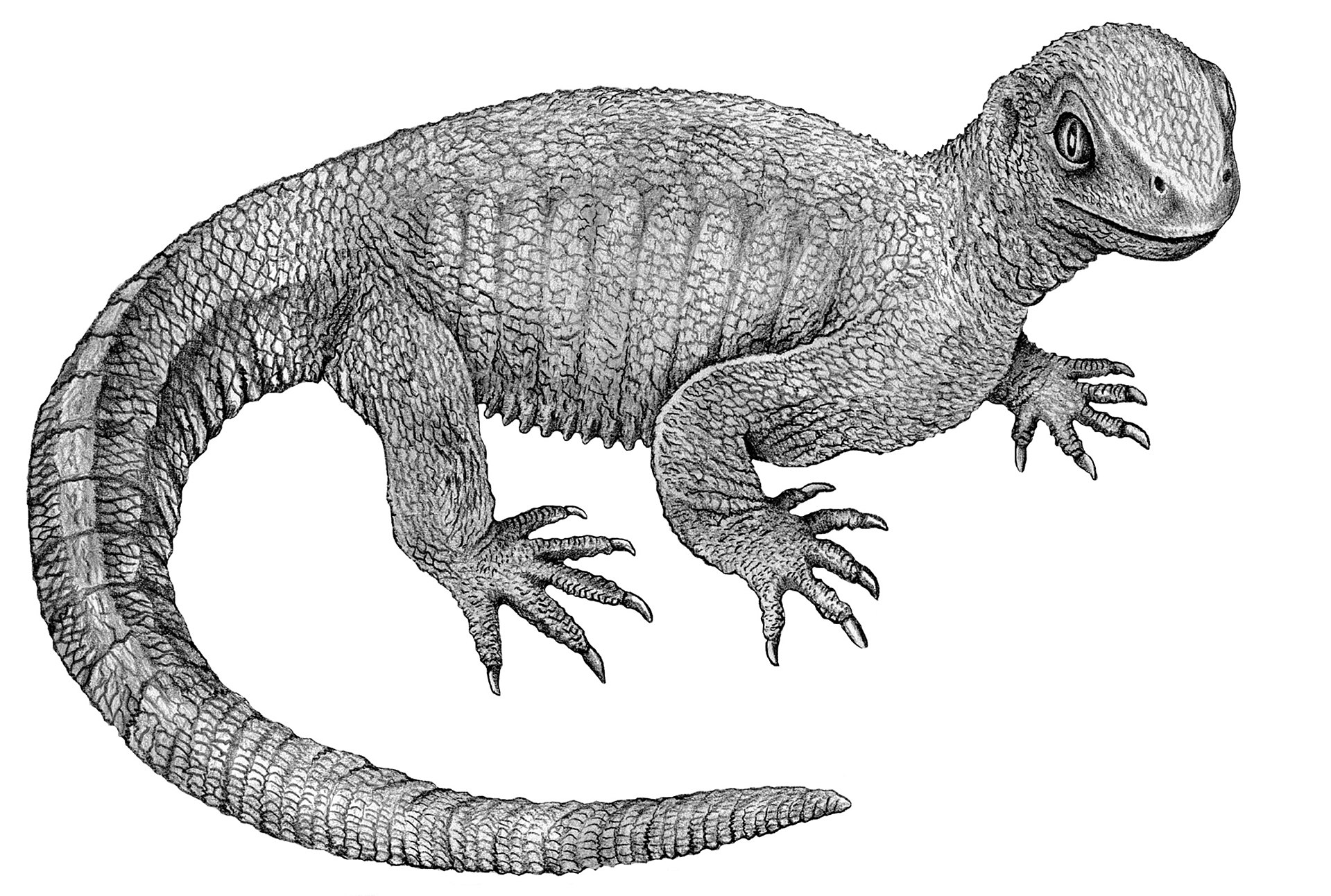'Oldest' Case of Bone Cancer Is Diagnosed in a 240-Million-Year-Old Shell-Less Turtle

Hundreds of millions of years ago, a shell-less turtle developed a malady in its bones. Now, 240 million years later, the Triassic period turtle is finally receiving a diagnosis: bone cancer. This is likely the oldest case of bone cancer ever found among reptiles, birds and mammals, according to the researchers who made the discovery and published their findings today (Feb. 7) in the journal JAMA Oncology.
Finding cancer in ancient bones is a "rather rare phenomenon," said study co-author Dr. Bruce Rothschild, a research associate at the Carnegie Museum of Natural History in Pittsburgh, Pennsylvania. That's not because cancer didn't used to exist — in fact, it was likely as pervasive among ancient animals as it is today — but rather, spotting cancer in fossils is challenging without taking x-rays, Rothschild told Live Science. [Image Gallery: Fossilized Turtles Caught in the Act]
Using microscopy and computerized tomography — a type of X-ray — in collaboration with Rothschild, researchers over at the Museum of Natural History, Leibniz Institute for Research on Evolution and Biodiversity in Berlin, Germany imaged the fossilized left femur of the shell-less turtle, called Pappochelys rosinae. The bone had been discovered in southwestern Germany in 2013.
Pappochelys rosinae is an ancestor of modern-day turtles — other previously-found fossils suggested the reptile was only 8 inches long (20 centimeters), adorned with broad trunk ribs and had no shell. (Fully shelled turtles didn't appear until about 205 million to 210 million years ago, at least according to the fossil record).
The images revealed a mass in a layer of the bone called the periosteum. Sometimes it can be difficult to distinguish cancer from an infection in ancient bones, Rothschild noted. But the telltale signs of infection, such as pores where puss would have oozed out from, were absent in the femur.
Instead, what it looked like was a malignant periosteal osteosarcoma, a type of bone cancer, Rothschild said. This type of cancer has been previously reported in a Triassic amphibian, but this is likely the oldest instance found in an Triassic amniote, meaning a reptile, bird or mammal, the team reported.
What's more, the bone cancer seen in this ancient creature is pretty much what you'd see in a human today, Rothschild said.
Get the world’s most fascinating discoveries delivered straight to your inbox.
"We are one community which responds to the environment and whatever factors that cause cancer in the same way," he said. "We're all part of the same Earth and we are all inflicted with the same phenomena."
- In Photos: Bones Reveal Ancient Sea Turtle
- Amazing Journey: World-Traveling Sea Turtle Comes Home
- In Photos: Tagging Baby Sea Turtles
Originally published on Live Science.

Yasemin is a staff writer at Live Science, covering health, neuroscience and biology. Her work has appeared in Scientific American, Science and the San Jose Mercury News. She has a bachelor's degree in biomedical engineering from the University of Connecticut and a graduate certificate in science communication from the University of California, Santa Cruz.


